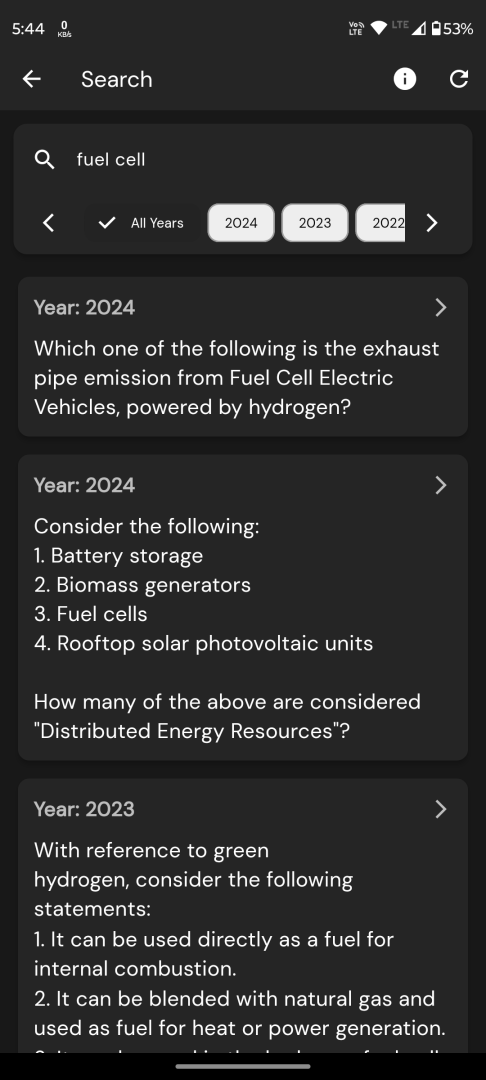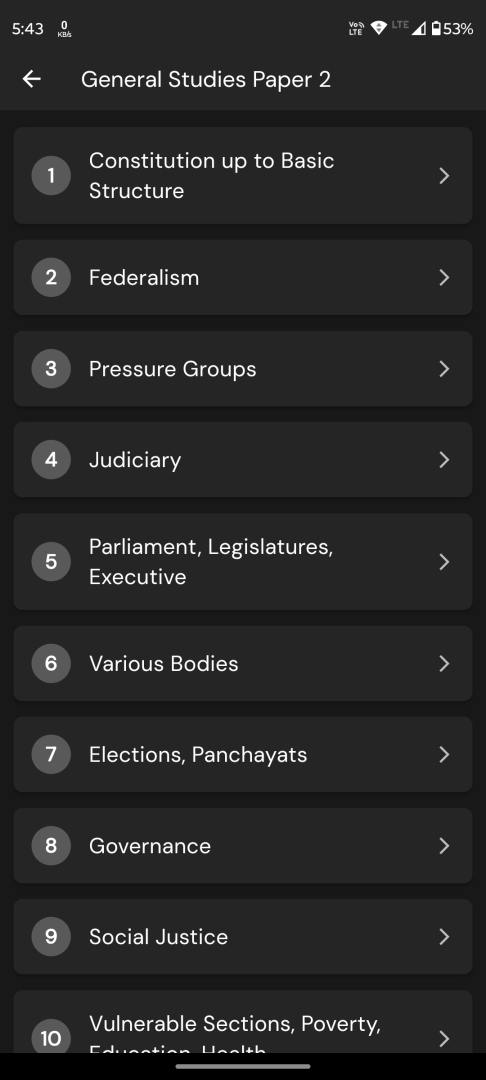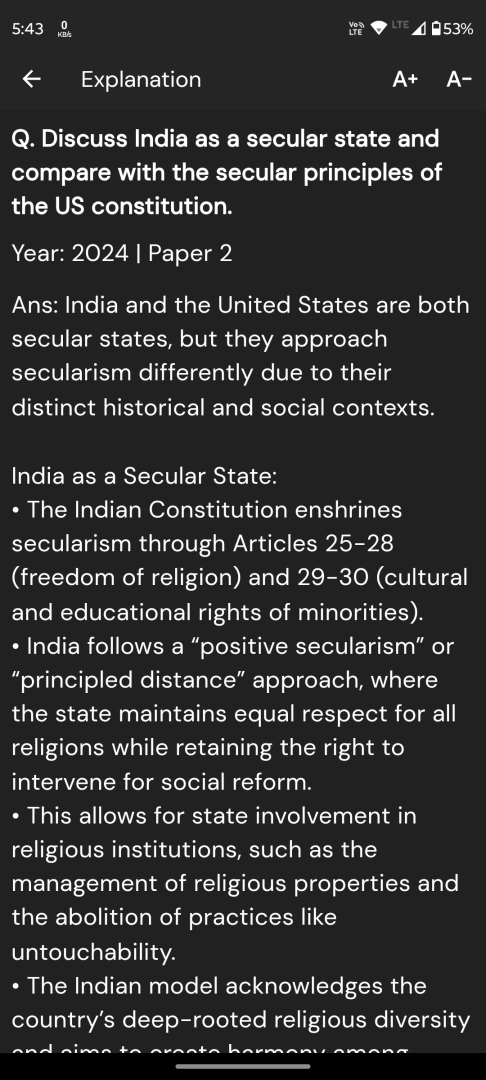Paragraph: One of the dismal realities of the agricultural sector in independent India…
One of the dismal realities of the agricultural sector in independent India has been that it never experienced a high-growth phase, unlike the non-agricultural economy. The highest decadal growth (compound annual growth rate or CAGR) for agriculture has been just 3.5% in the 1980s. Also, after experiencing a spurt in decadal growth during the 1980s, agricultural growth suffered relative stagnation thereafter. This is in sharp contrast to non-agricultural growth, which consistently increased from the 1980s to 2000s.
Q1. Which one of the following statements best reflects the corollary to the above passage?
(a) The benefit of economic reforms percolates down more slowly to the agriculture sector than in other sectors of the economy.
(b) For India, the green revolution was not as useful as it was expected to be.
(c) India lagged behind other countries in adapting mechanized and modern farming.
(d) Rural-to-urban migration resulted in the stagnant agriculture sector.
Q2. With reference to the passage, the following assumptions have been made:
The growing divergence between the fortunes of the agricultural and non-agricultural economy in India could have been reduced/contained by:
I. adapting large-scale cultivation of commercial crops and viable corporate farming.
II. providing free insurance for all crops and heavily subsidizing seeds, fertilizers, electricity and farm machinery at par with developed countries.
Which of the above assumptions is/are valid?
(a) I only
(b) II only
(c) Both I and II
(d) Neither I nor II
UPSC Prelims 2025 CSAT
Explanation :
Q1. Correct Option: (a) The benefit of economic reforms percolates down more slowly to the agriculture sector than in other sectors of the economy.
Explanation: The passage clearly highlights the disparity between agricultural and non-agricultural sectors in terms of growth rates. It specifically mentions that agriculture never experienced a high-growth phase, unlike the non-agricultural economy. After a brief growth spurt in the 1980s, agriculture growth stagnated, whereas non-agricultural growth consistently increased. Thus, the logical inference (corollary) is that economic reforms and growth benefits have reached agriculture more slowly compared to other sectors. Hence, option (a) correctly reflects the corollary.
Other options (b), (c), and (d) introduce ideas (Green Revolution effectiveness, mechanization compared to other countries, rural-to-urban migration) that are not directly supported or implied by the passage.
Q2. Correct Option: (d) Neither I nor II
Explanation: The passage describes the stagnation and slow growth of India’s agricultural sector compared to the non-agricultural sector. However, it does not suggest or imply any specific measures or solutions to address this divergence. The given assumptions:
I. “Adapting large-scale cultivation of commercial crops and viable corporate farming.” II. “Providing free insurance for all crops and heavily subsidizing seeds, fertilizers, electricity and farm machinery at par with developed countries.”
are not mentioned or implied in the passage. The passage neither explicitly nor implicitly supports these assumptions as valid solutions to reduce or contain the divergence between agricultural and non-agricultural sectors.
Thus, neither assumption I nor assumption II is valid based on the given passage. Hence, option (d) is correct.





